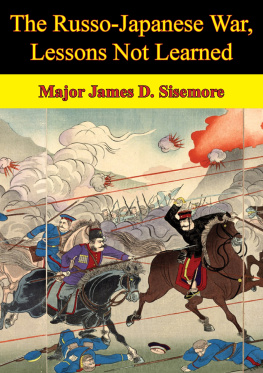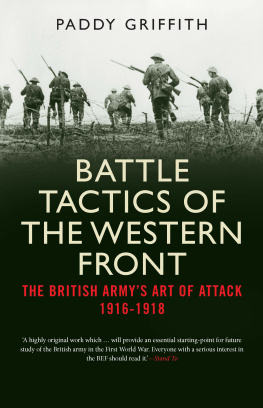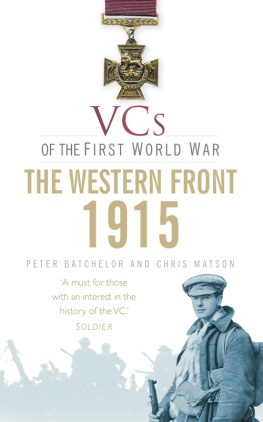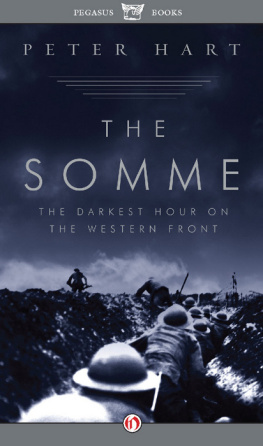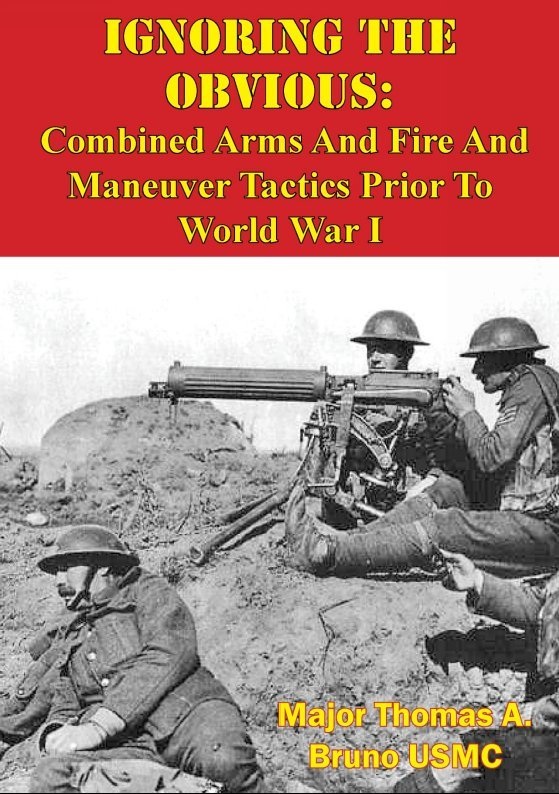Major Thomas A. Bruno USMC - Ignoring the Obvious: Combined Arms and Fire and Maneuver Tactics Prior to World War I
Here you can read online Major Thomas A. Bruno USMC - Ignoring the Obvious: Combined Arms and Fire and Maneuver Tactics Prior to World War I full text of the book (entire story) in english for free. Download pdf and epub, get meaning, cover and reviews about this ebook. year: 2015, publisher: Pickle Partners Publishing, genre: History. Description of the work, (preface) as well as reviews are available. Best literature library LitArk.com created for fans of good reading and offers a wide selection of genres:
Romance novel
Science fiction
Adventure
Detective
Science
History
Home and family
Prose
Art
Politics
Computer
Non-fiction
Religion
Business
Children
Humor
Choose a favorite category and find really read worthwhile books. Enjoy immersion in the world of imagination, feel the emotions of the characters or learn something new for yourself, make an fascinating discovery.

- Book:Ignoring the Obvious: Combined Arms and Fire and Maneuver Tactics Prior to World War I
- Author:
- Publisher:Pickle Partners Publishing
- Genre:
- Year:2015
- Rating:5 / 5
- Favourites:Add to favourites
- Your mark:
Ignoring the Obvious: Combined Arms and Fire and Maneuver Tactics Prior to World War I: summary, description and annotation
We offer to read an annotation, description, summary or preface (depends on what the author of the book "Ignoring the Obvious: Combined Arms and Fire and Maneuver Tactics Prior to World War I" wrote himself). If you haven't found the necessary information about the book — write in the comments, we will try to find it.
The Western armies that entered the Great War seemingly ignored many of the hard-learned lessons and observations of pre-war conflicts. Though World War I armies were later credited with developing revolutionary wartime tactical-level advances, many scholars claim that this phase of tactical evolution followed an earlier period of intellectual stagnation that resulted in the stalemate on the wars Western Front. This stalemate, they claim, could have been avoided by heeding the admonitions of pre-war conflicts and incorporating the burgeoning effects of technology into military tactics and doctrine. Some go even further and fault the military leadership with incompetence and foolishness for not adapting to the requirements of modern war.
The Russo-Japanese War showed the necessity for combined arms techniques and fire and maneuver tactics on the modern battlefield. Specifically, the war showed the need for: (1) the adoption of dispersed, irregular (non-linear) formations; (2) the employment of fire and maneuver techniques and small unit-tactics, including base of fire techniques; (3) the transition to indirect-fire artillery support to ensure the survivability of the batteries, and; (4) the necessity for combined arms tactics to increase the survivability of assaulting infantry and compensate for the dispersion of infantry firepower.
However, deeply ingrained concerns over the loss of control on the battlefield and faith in the ability of morale to overcome firepower prevented the full realization of advanced combined arms techniques and fire and maneuver tactics. Instead, the lessons of the Russo-Japanese War were disregarded or minimized.
Military leaders did not ignore the lessons of the Russo-Japanese War. In fact, the ramifications of increased firepower and rudimentary techniques of fire and maneuver tactics were addressed in most nations pre-World War I doctrine. Unfortunately, these concepts were not fully developed or practiced due to a failure to recognize a change to the fundamental nature of warfare itself. Massive firepower necessitated a new system of warfare. To effect this type of transformation, the entire military cultureequipment, doctrine, organization, and leadership would have to evolve. Lamentably, the hard-earned lessons of the Boer and Russo-Japanese Wars had not prompted such a reformation. It would take the cataclysm of the First World War to act as a catalyst for this transformation.
Major Thomas A. Bruno USMC: author's other books
Who wrote Ignoring the Obvious: Combined Arms and Fire and Maneuver Tactics Prior to World War I? Find out the surname, the name of the author of the book and a list of all author's works by series.

